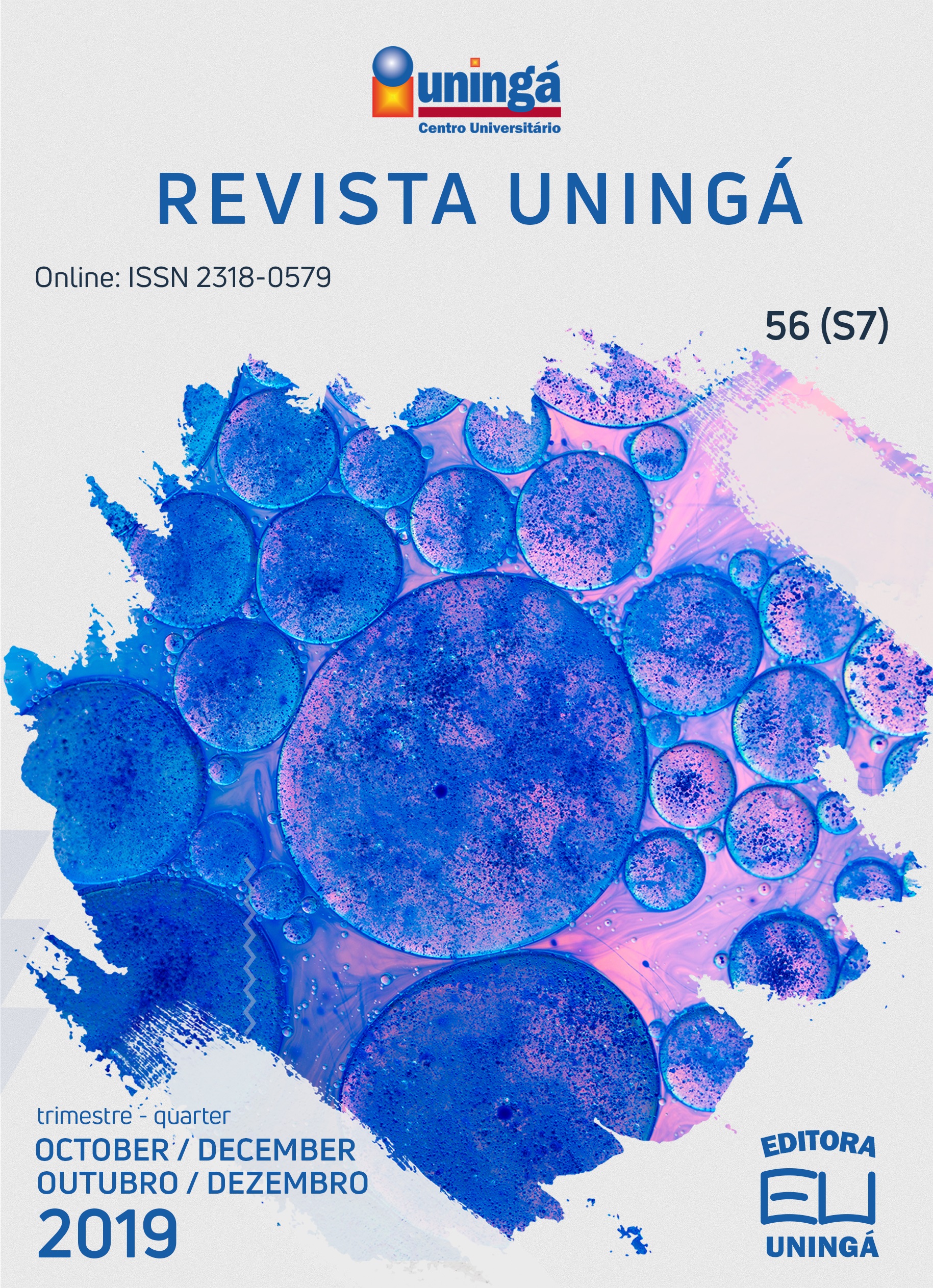APLICAÇÃO DA TOMOGRAFIA COMPUTADORIZADA DE FEIXE CÔNICO NO DIAGNÓSTICO ODONTOLÓGICO – REVISÃO DE LITERATURA
DOI:
https://doi.org/10.46311/2318-0579.56.eUJ3148Palabras clave:
Tomografia, Odontologia, Diagnóstico por imagemResumen
A imagem radiográfica tridimensional utilizando tomografia computadorizada por feixe cônico é utilizada em diversas áreas da odontologia, tais como implantodontia, ortodontia, periodontia, cirurgia, traumatologia bucomaxilofacial, exames da articulação temporomandibular e endodontia. Objetivou-se identificar a produção científica sobre as atuais aplicações da tomografia computadorizada de feixe cônico na odontologia. Foi realizada uma revisão bibliográfica descritiva com base no banco de dados BVS, PUBMED, SCIELO, GOOGLE ACADÊMICO e IBICT OASISBR, contemplando artigos publicados no período de 2015 a 2019. Para composição da estratégia de busca foram utilizados os descritores: Tomografia Computadorizada de Feixe Cônico, Diagnóstico por Imagem e Odontologia em português e inglês. Foram encontrados 741 artigos e excluídos 721 trabalhos, por não fazerem referência ao tema proposto e aos critérios de inclusão. Foram inseridos um total de vinte estudos, sendo cinco artigos da base BVS, cinco da Pubmed, dois da SciELO, sete do Google Acadêmico e um da IBICT Oasisbr. A tomografia computadorizada de feixe cônico é uma ferramenta útil e amplamente disponível na odontologia, os dados/imagens coletados em formato digital, são facilmente transferíveis entre os cirurgiões-dentistas e facilitam o estudo da situação clínica do paciente, permitindo o diagnóstico e tratamento mais preciso nas diversas especialidades odontológicas.
Descargas
Descargas
Publicado
Cómo citar
Número
Sección
Licencia
I declare/we declare that the text submitted here is original, of my own authorship and does not infringe any type of third party rights. The content is my/our sole responsibility. Possible research involving animals and/or human beings is in accordance with Resolution 196/96 of the National Health Council and its complements. I declare that I am/we are in possession of the written consent of patients and that the research and its procedures were timely and adequately approved by the Ethics Committee of the institution of origin. We further declare that all institutional affiliations and all sources of financial support for the work are duly informed. I certify that there is no commercial or associative interest that represents a conflict of interest related to the submitted work. If there is commercial interest, in addition to the technical and academic ones, in the publication of the article, the information will be reported during the text.



































